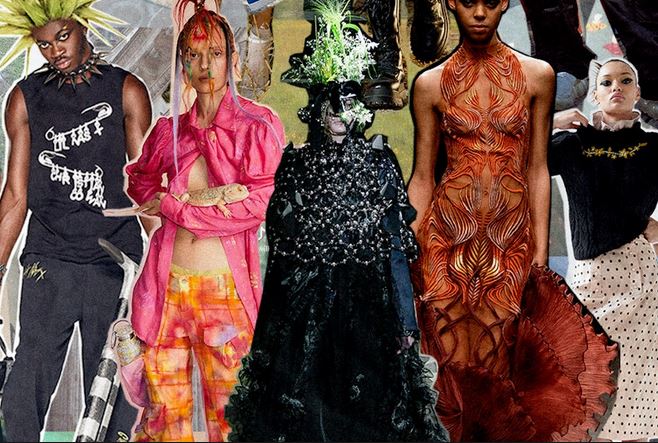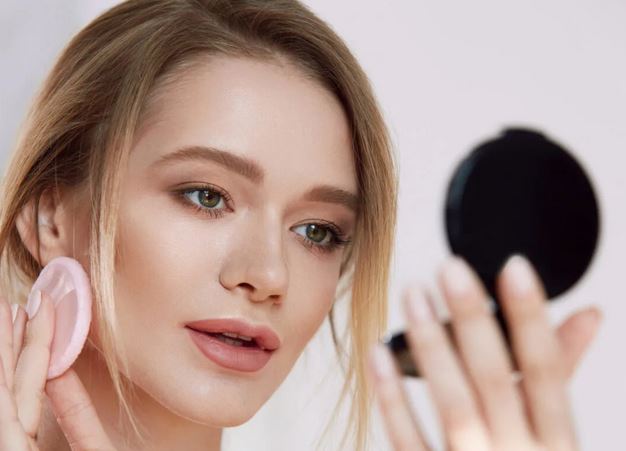Exploring different fashion subcultures | |

| |
Fashion is a powerful form of self-expression, and throughout history, various subcultures have emerged, each with its unique style, attitude, and aesthetic. From punk to hip-hop, goth to bohemian, fashion subcultures have left a lasting impact on the industry and continue to inspire individuals to embrace their individuality. In this article, we will take a closer look at different fashion subcultures, their key characteristics, and how they have influenced contemporary fashion. IntroductionFashion subcultures are communities that share a common interest in a particular style, music genre, ideology, or social movement. They often challenge mainstream fashion norms and create their unique aesthetic, which becomes a form of self-expression and identification. Let's explore some popular fashion subcultures and understand their significance. Punk SubculturePunk subculture emerged in the 1970s as a rebellious response to mainstream culture. Punk fashion is characterized by its edgy, DIY (do-it-yourself) attitude, and anti-establishment sentiments. Key elements of punk style include ripped clothing, band t-shirts, leather jackets, studded accessories, and unconventional hairstyles like colorful mohawks or shaved heads. Punk subculture continues to inspire alternative fashion and serves as a reminder of the power of individuality. Hip-Hop SubcultureHip-hop subculture originated in the Bronx, New York, during the 1970s and has since become a global phenomenon. Hip-hop fashion reflects the cultural and artistic expressions of urban communities. Baggy pants, oversized t-shirts, sneakers, baseball caps, and bling-bling jewelry are iconic elements of hip-hop style. It has greatly influenced streetwear fashion and continues to evolve through the creativity of artists and designers. Goth SubcultureGoth subculture emerged in the late 1970s and early 1980s as a darker and more macabre fashion movement. Goths embrace a predominantly black color palette and wear Victorian-inspired clothing, corsets, lace, fishnet stockings, and heavy boots. The goth aesthetic is associated with a fascination for the dark, supernatural, and romantic themes. Gothic fashion has left its mark on alternative fashion and is known for its mysterious and elegant allure. Bohemian SubcultureThe bohemian subculture, also known as boho, is inspired by the free-spirited lifestyle of artists and wanderers. Boho fashion is characterized by flowing silhouettes, floral prints, fringe details, maxi dresses, floppy hats, and ethnic-inspired accessories. It embraces natural fabrics, earthy tones, and a carefree, laid-back attitude. Bohemian style continues to influence festival fashion and is synonymous with effortless and eclectic elegance. FAQsWhat is a fashion subculture?A fashion subculture is a community or group of people who share a distinctive style, fashion choices, and cultural references. They often have a shared interest, ideology, or music genre that influences their fashion choices and serves as a form of self-expression and identification. How do fashion subcultures influence mainstream fashion?Fashion subcultures have a significant impact on mainstream fashion. Their unique styles, aesthetics, and attitudes challenge traditional norms and inspire designers, retailers, and consumers. Elements from subcultures often get incorporated into mainstream fashion, creating new trends and pushing boundaries. Can someone belong to multiple fashion subcultures?Yes, it is possible for individuals to belong to multiple fashion subcultures or draw inspiration from different subcultures. Fashion is a personal expression, and individuals often combine elements from various styles to create their unique fashion identity. Are fashion subcultures still relevant today?Yes, fashion subcultures continue to be relevant today. While some subcultures have evolved or transformed, their influence can still be seen in contemporary fashion trends. Subcultures provide alternative perspectives and allow individuals to break free from mainstream fashion norms. How can I incorporate elements of different subcultures into my personal style?Incorporating elements of different subcultures into your personal style is a creative and personal process. Start by exploring different subcultures, understanding their key elements, and identifying elements that resonate with you. Experiment with incorporating those elements into your wardrobe while maintaining your own unique style. Can fashion subcultures evolve over time?Yes, fashion subcultures can evolve and adapt over time. They often reflect the social, cultural, and political changes happening in society. Subcultures can merge, give rise to new subcultures, or undergo transformations while still retaining their core essence. ConclusionFashion subcultures play a vital role in shaping the fashion landscape and inspiring individual style choices. From punk's rebellious spirit to hip-hop's urban influence, goth's dark allure to boho's carefree elegance, each subculture offers a distinct aesthetic and serves as a form of self-expression. By exploring different fashion subcultures, we can celebrate diversity, embrace individuality, and find inspiration to create our unique fashion journey. | |
| Category: Fashion | |
| Total comments: 0 | |
 |
| How to Choose the Right Hair Products for Fine Hair |
 |
| Tips for Preventing Makeup Transfer |
 |
| Understanding Color Correcting: A Guide to Concealers |
 |
| How to Create a Natural Makeup Look in 10 Minutes |
 |
| How to Prevent and Treat Split Ends |
 |
| Exploring the world of luxury fashion brands |
 |
| Almond-shaped eyes makeup tips |
 |
| The Secrets to Long and Healthy Hair: Length Retention Tips |
 |
| DIY Pet Fashion: Creating Stylish Accessories at Home |
